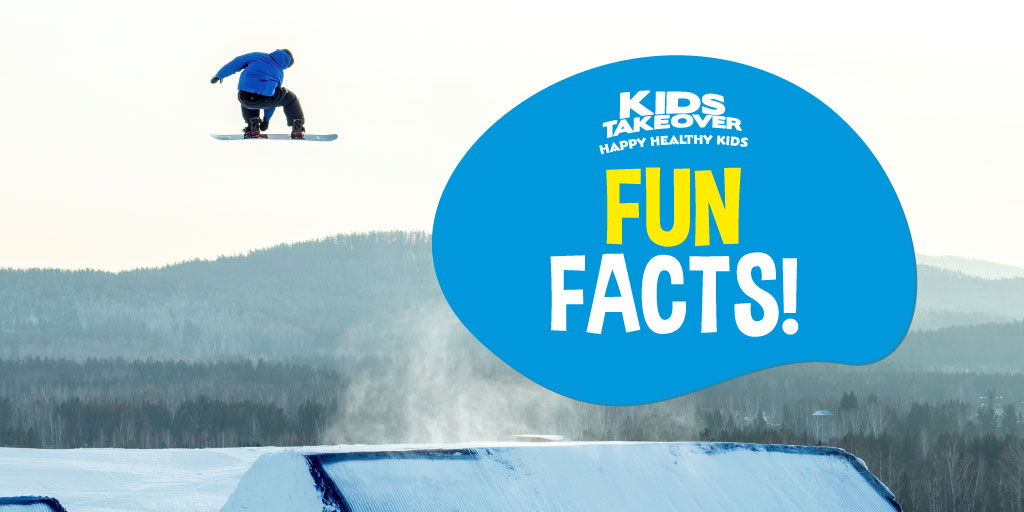The Winter Olympics is now well underway with closing ceremonies set to take place on the 20th of February at the Birds Nest stadium in Beijing. Just like the Summer Olympics, there are a whole host of sports for you to watch and learn about this year!
How did the Winter Olympics games start?
When International Sports Week was hosted in Chamonix, France in 1924, little did they know, this would be later known as the first Winter Olympics in history. The basis for its wintery theme came from an international winter sports event, the Nordic Games, which took place in Sweden in 1901.
Similar to the Summer Olympics, the Winter Olympics take place every 4 years, but after the Summer Olympics. In fact, since the beginning of the Games, the only time there was no Winter Olympics was between 1936 and 1948, because of the Second World War.
What sports can you see at the Olympics?
The Winter Olympics can take place on artificial turf rather than snow, which is better for countries that don’t have naturally cold environments. There are 15 sports that the nations competing athletes are eligible for, and they are:
- Alpine Skiing – Downhill skiing moving between posts
- Biathlon – A mixture of cross-country skiing and rifle shooting
- Bobsleigh – A timed race down an ice track in a sledge
- Cross-country skiing – A form of skiing across long distances
- Curling – A sport played on ice, where you slide stones made of granite towards a target
- Figure skating – A performance competed on ice skates in pairs or as individuals
- Freestyle skiing – Skiing comprised of stunts and skills, including aerials, half-pipes, and big air
- Ice hockey – Hockey played on the ice
- Luge – Riding on a sledge down an ice track
- Nordic combined – Cross country skiing and ski jumping
- Short track speed skating – A form of competitive ice speed skating on an oval track
- Skeleton – Riding on a sledge headfirst down an ice track
- Ski jumping – Skiing through jump-based obstacles
- Speed skating – A form of competitive ice speed skating
- Snowboard – Skiing but on a single board
What kinds of people have competed?
- The oldest male Winter Olympian is British athlete James Coates, who was 53 when he competed in the Skeleton in Switzerland in 1948.
- The oldest female to compete, Anne Abernathy, was 48 when she took part in the Luge competition. She is from the United States Virgin Islands.
- Japanese ski jumper Noriaki Kaisai has taken part in eight Olympic Games and is still competing today!
- Norway has won the most medals in any Winter Olympic Games in a single competition, winning an enormous 39 medals at PyeongChang, South Korea.
- The youngest competitor was a figure skater from Britain. In 1932, 11-year-old British skater Cecilia Colledge took part in the games at Lake Placid, New York.
- In 1968, 12-year-old East German Jan Hoffman, also a figure skater, went on to compete in Grenoble, France.
- Norwegian Marit Bjørgen has won the most medals of any athlete, winning 15 medals in total.
What about those shiny medals?
As you will know, the top 3 athletes receive medals in Bronze, Silver and Gold. Any athlete that finishes in the top 8 also receives a diploma from the International Olympic Committee. Despite being called an Olympic Gold medal, the medal isn’t made from gold. Since 1912, it has been mostly made from silver.
Get inspired and watch the games with your kids this year, with coverage on BBC 1, BBC2 & online on BBC 3.



